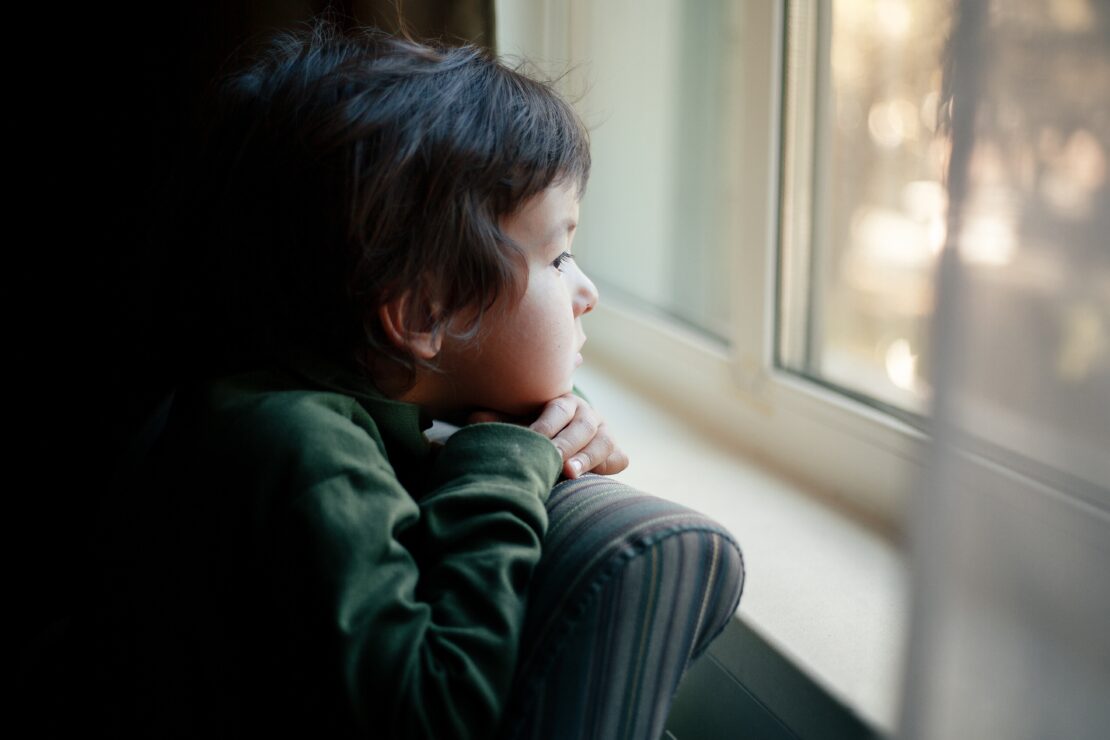
Overview
Sex trafficking of minors can be defined as anyone under the age of 18 who is recruited, exploited, lured, or solicited to complete a sexual act and/or in exchange for anything of value. There are many sectors regarding child sexual exploitation. This begs the question of what does constitute the Commercial Sexual Exploitation of Children (CSEC) and what could it look like? What are the risk factors? What can I do if I believe a child may be being trafficked? What are the resources? The Office of Juvenile Justice and Delinquency Prevention (OJJDP) explains that CSEC is carried out in many ways such as the prostitution of children (in public, on the streets, or in private residences), child pornography, live cams of children carrying out sexual acts in exchange for something of value, and child sex tourism.
Appearance and Risk Factors
Any child, coming from any type of living arrangement, can fall victim to sexual exploitation. These children can be from all over the world living in rural, urban, or suburban communities. They are of all ages, all genders, all races, and all levels of socioeconomic status. Traffickers can be of any relation to the exploited. An immediate or extended family member, a stranger, a romantic partner, landlord, employer, and any other trusted person in authority. Understanding what exploitation is and how it is carried out can educate adults and minors about the risk factors that lead to these types of minor victimizations.
The foundation of trafficking is power and trust. When a minor is being exploited, the dynamic consists of the minor and the trafficker who holds some sort of authority over them. In addition, the trafficker also needs to build that trust with the minor and show them that they can rely on them.
Factors that put a minor at risk may include lack of community/social support, unfamiliarity with a community or city, cognitive and developmental impairments, low self-esteem, history of physical and/or sexual abuse, and chemical dependency (the minor or other family members).
Local Resources
In MN, we were the fifth state to pass the Safe Harbor Act through legislation. This ensures that children under the age of 18 are victims of child sexual exploitation, not criminals. Services like housing and shelter, financial aid, and education are available to anyone 24 and younger.
Here in Duluth, a Program for Aid to Victims of Sexual Assault (PAVSA) work especially with teens 13 and older who are victims of sexual abuse/assault or forms of trafficking. PAVSA works with Safe Harbor and closely with us here at First Witness to support the needs of teens that have experienced these types. They also have a 24-hour, 365-day hotline you can reach anytime at 218-726-1931.
If you suspect that a minor is being trafficked and are an immediate danger, call 911. Otherwise, report the situation to your local law enforcement, federal law enforcement at 1-866-347-2423, or call the National Sex Trafficking Hotline at 1-888-373-788 or TEXT 233733. Tell them the Who, What, When, Where, and Why you are suspicious.
National Resources
The OJJDP offers many resources on a national scale to aid anyone who is in suspicion of child sexual exploitation of someone they know, or for general information about what they are doing to better understand sex trafficking of minors. On their website, they’ve listed the National Center for Missing and Exploited Children (NCMEC) as one 24-hour hotline to report any suspicion of CSEC or anything related. You can go to CyberTipline.org or call 1-800-THE-LOST.
On the Office for Victims of Crime (OVC) website, they also offer many resources for sex trafficking victims and survivors that are completely funded in each state.
In 2019, out of all the calls related to sex trafficking, the National Sex Trafficking Hotline received 31% of calls regarding minors in some way. No concern or call is insignificant.
By: Sophia Hendrickson
References
Franchino-Olsen, H. (2021). Frameworks and Theories Relevant for Organizing Commercial Sexual Exploitation of Children/Domestic Minor Sex Trafficking Risk Factors: A Systematic Review of Proposed Frameworks to Conceptualize Vulnerabilities. Trauma, Violence, & Abuse, 22(2), 306-317. https://journals- s agepub-com.libpdb.d.umn.edu:2443/doi/full/10.1177/1524838019849575
Human trafficking resources. Office of Juvenile Justice and Delinquency Prevention. (n.d.-a). https://ojjdp.ojp.gov/programs/human-trafficking-resources
Matrix of OVC-funded human trafficking services grantees and Task Forces. Office for Victims of Crime. (n.d.). https://ovc.ojp.gov/matrix-ovc-funded-human-trafficking-services-grantees-and-task-forces
Safe harbor Minnesota. Safe Harbor Minnesota – MN Dept. of Health. (n.d.). https://www.health.state.mn.us/communities/humantrafficking/safeharbor/about.html
Sexual exploitation of children. Office of Juvenile Justice and Delinquency Prevention. (n.d.-b). https://ojjdp.ojp.gov/programs/sexual-exploitation-children
